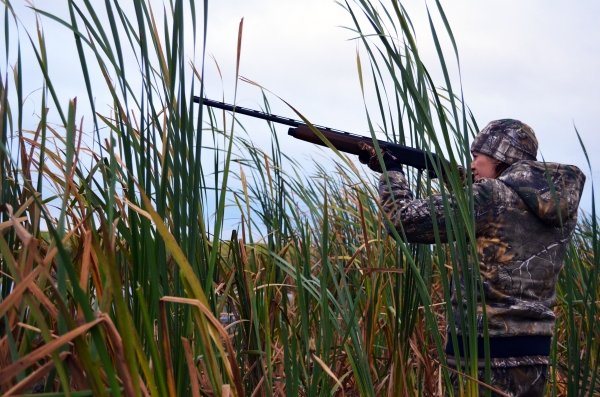
Migratory bird hunting, upland game hunting and big game hunting were expanded in 2015.Located on the northeastern shore of Lake Champlain, Missisquoi NWR has marshes dense with wild rice and other native plants that attract lots of ducks. In the spring and summer, the refuge provides important nesting areas for species like wood duck, mallard, goldeneye and hooded merganser. It is in the fall, though, that the refuge teems with waterfowl. This refuge is one of the most important stopping points for ducks in the northern part of the Atlantic Flyway. Each fall, up to 25,000 ducks of various species, geese, woodcock and snipe stop at the refuge before continuing on their southward migration. Six areas are open to hunting, three for general use and three for controlled hunting. Some allow jump shooting, while others allow hunting only from a blind. A small number of units can be accessed by foot, but for the majority, a boat is required. The refuge strongly encourages all waterfowl hunters to use retrieving dogs; three units require hunters to bring a retrieving dog to aid in recovering ducks. Missisquoi NWR is the northernmost inland refuge on the Atlantic Flyway. Although most hunters think the best duck hunting is along the coast, Missisquoi offers first-rate hunting in a striking lakeside setting along the Canadian border.


